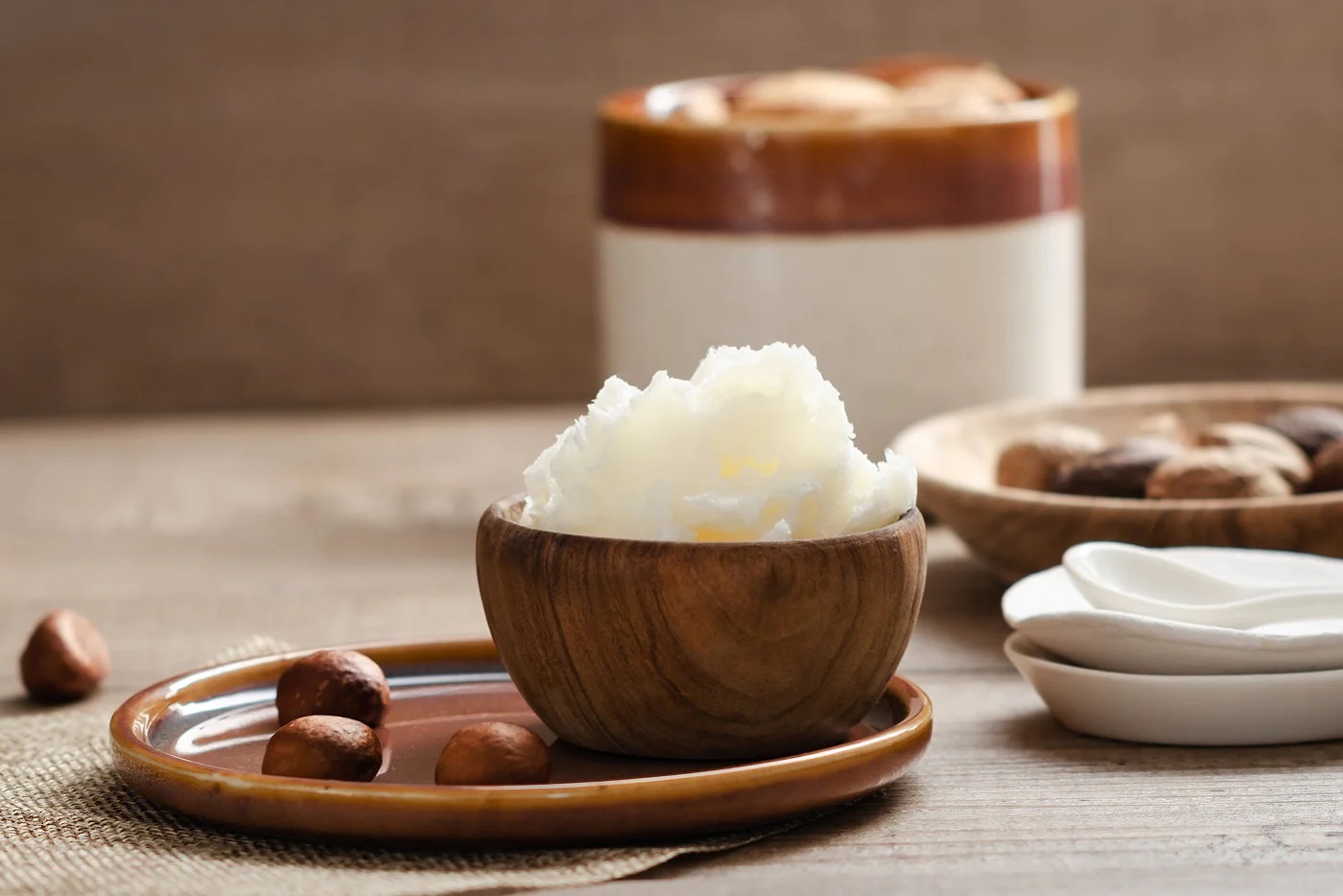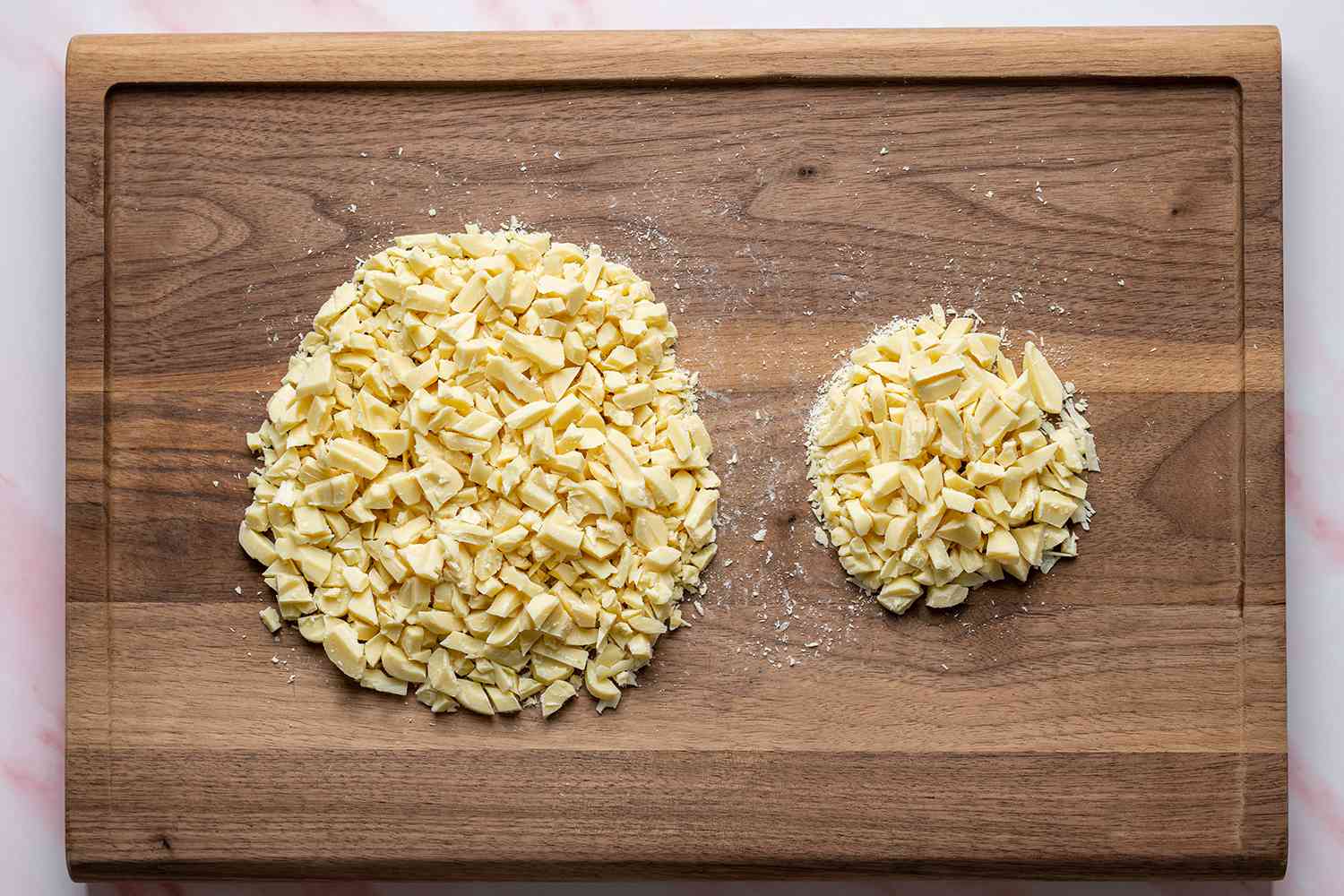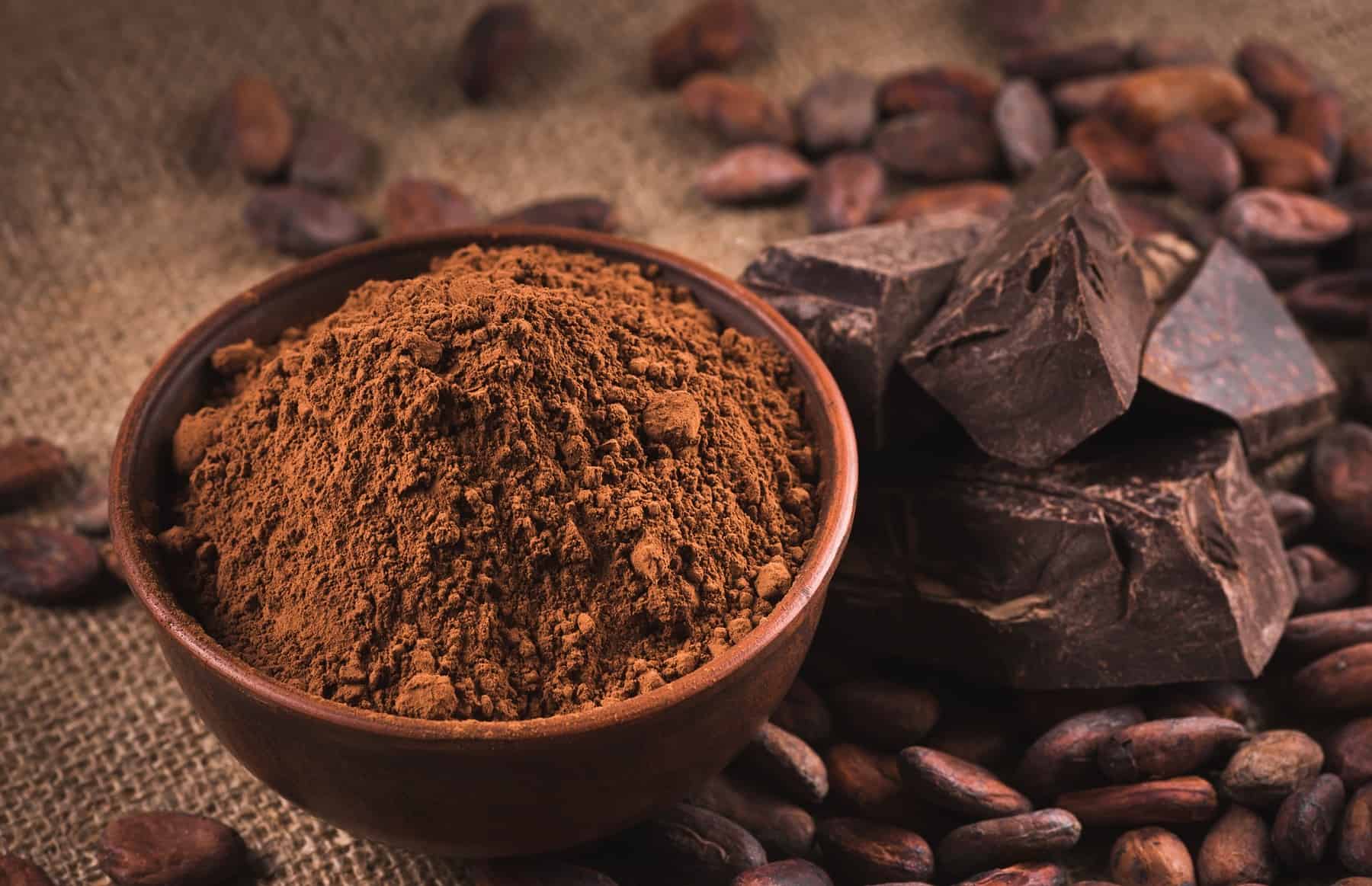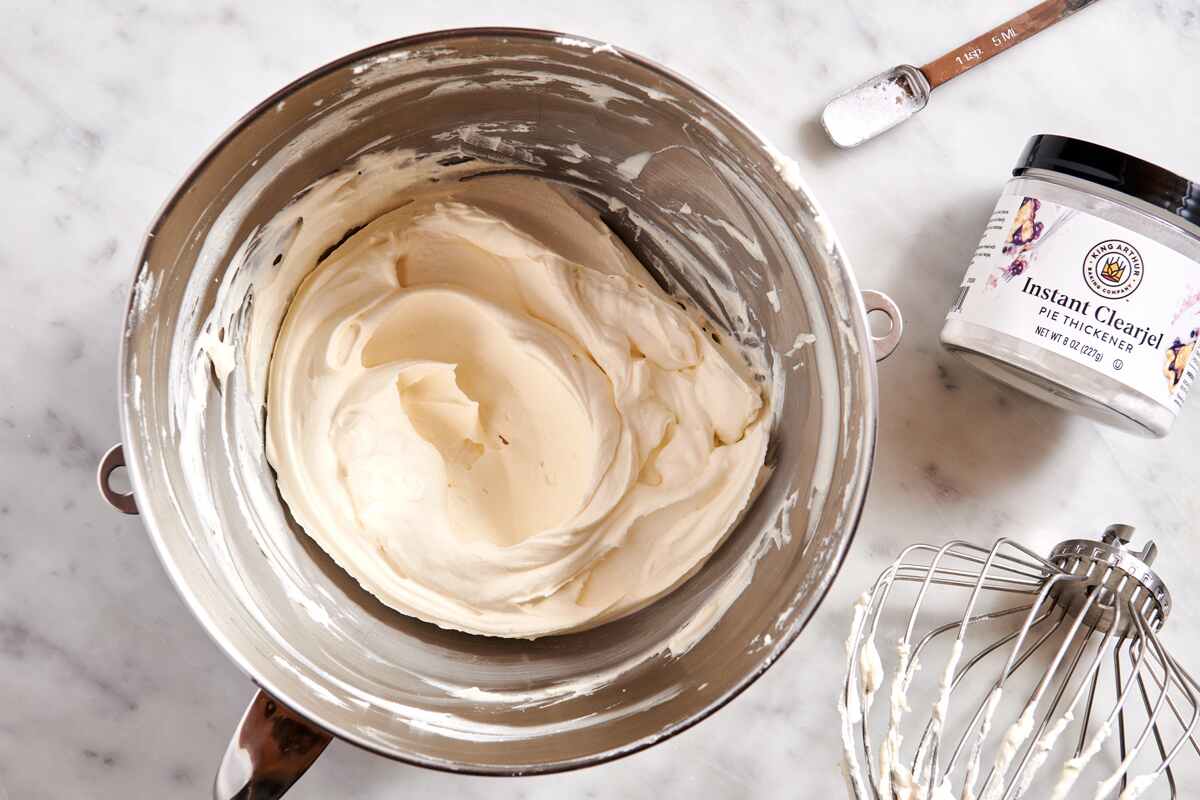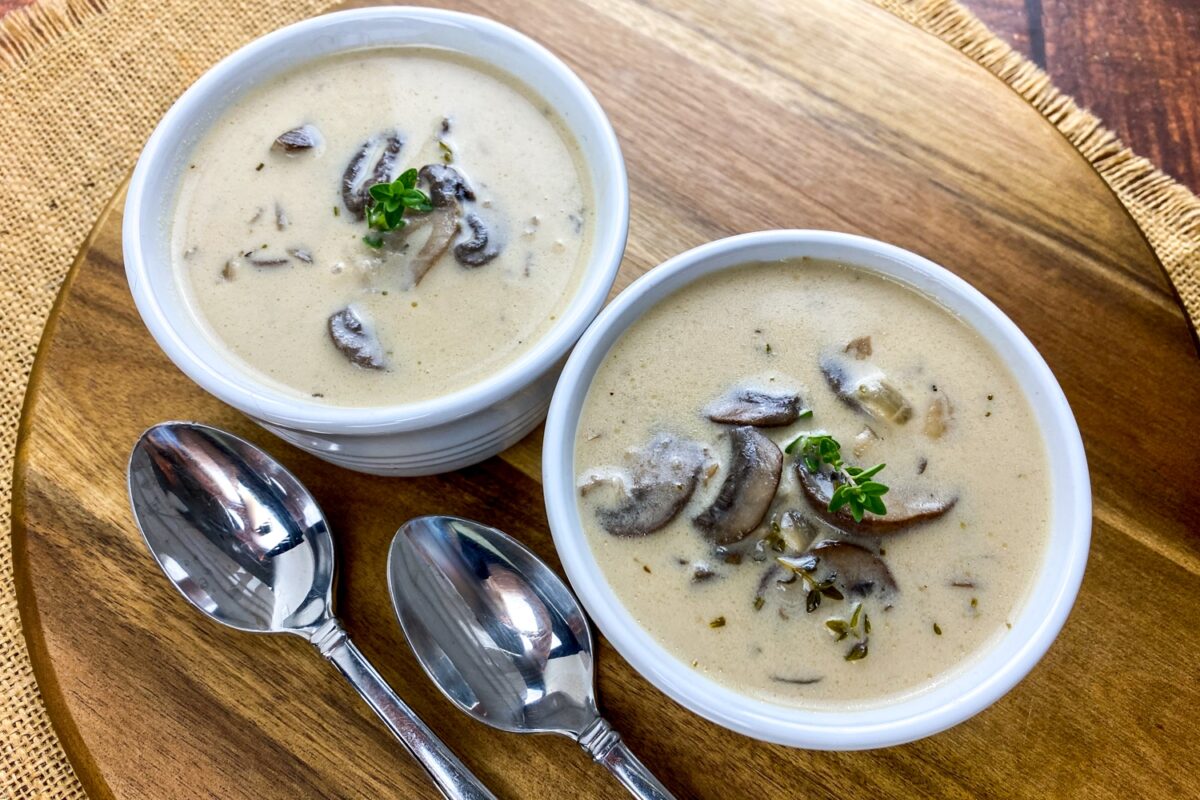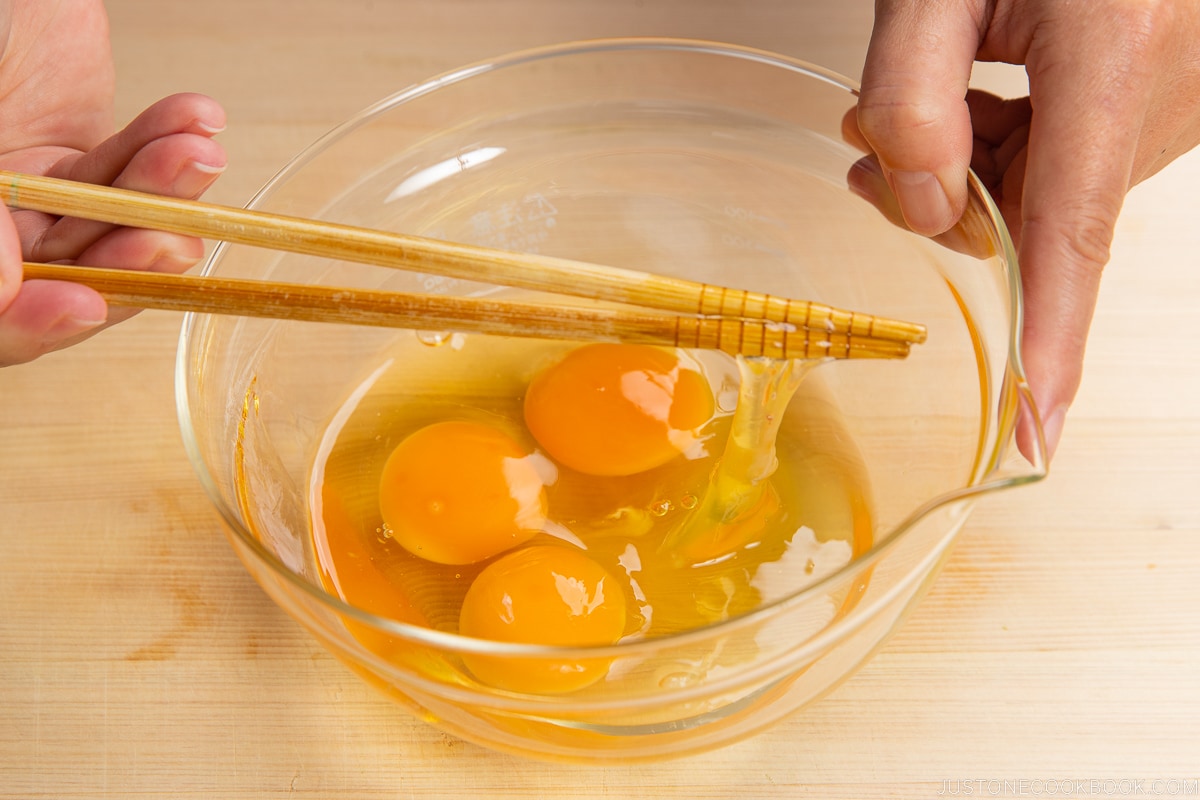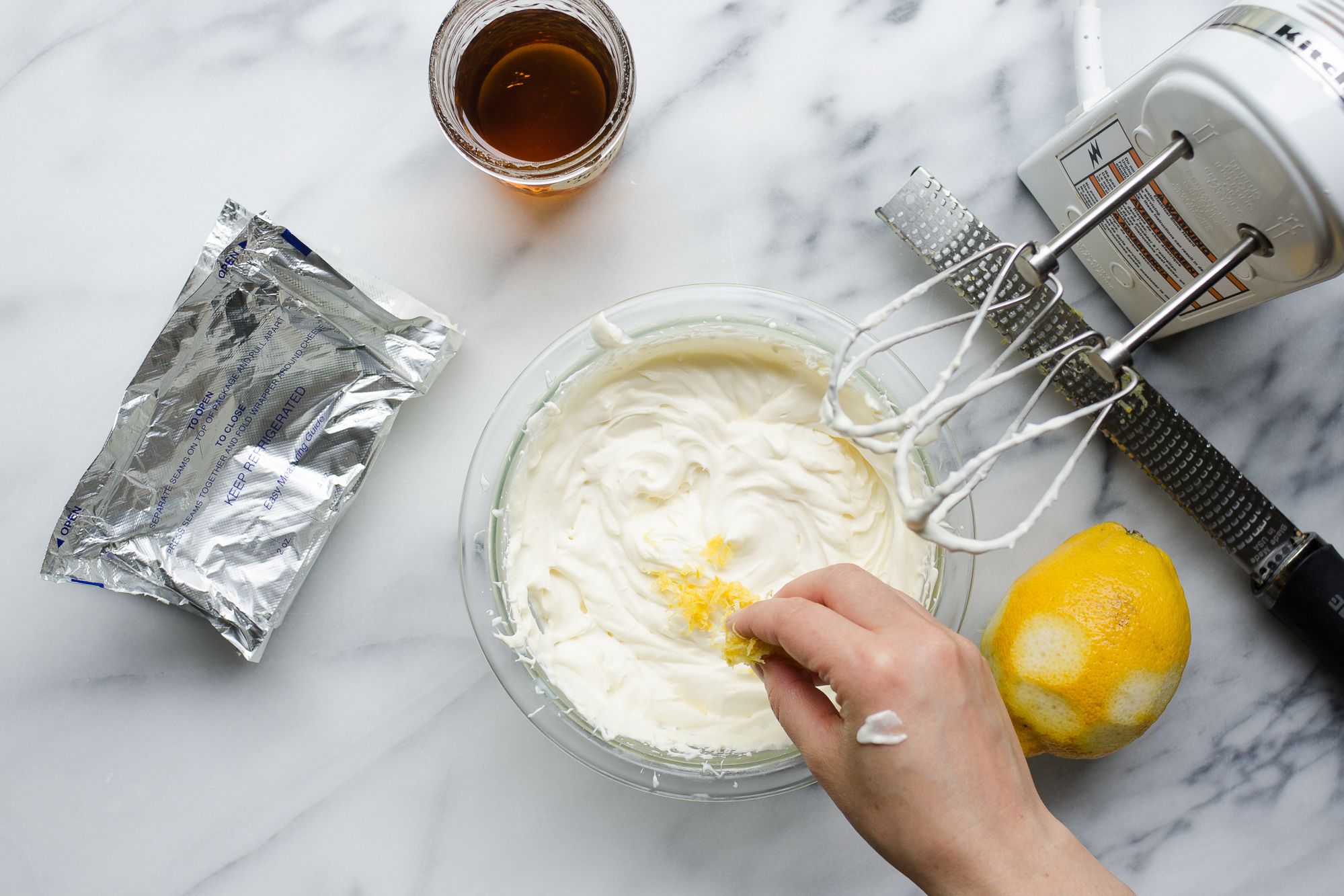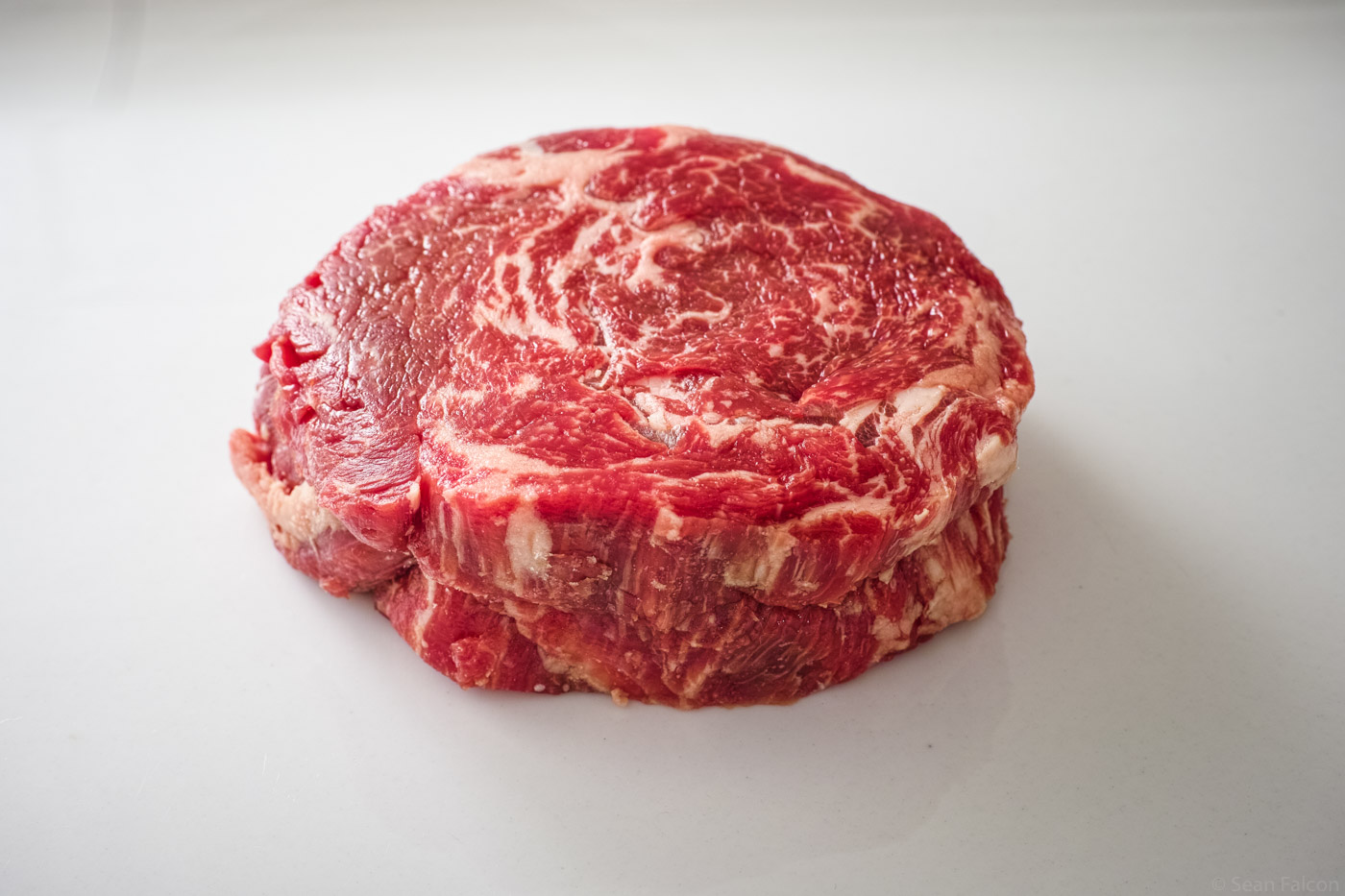What is Butter Tempering?
Butter tempering is the process of bringing butter to room temperature or a specific temperature for various culinary purposes. It involves softening the butter to a desired consistency, making it easier to work with in recipes such as baking, cooking, or spreading.
Why is Butter Tempering Important?
Butter tempering is important for several reasons:
1. Baking Purposes
– Baking often requires softened butter to ensure even mixing and a smooth texture in the final product.
– Tempering the butter allows it to incorporate more air when creamed with sugar, resulting in a lighter and fluffier batter.
2. Cooking Purposes
– In cooking, softened butter can be easily incorporated into sauces, allowing for a smooth and creamy texture.
3. Spreading Purposes
– For spreading, softened butter is easier to spread on bread, toast, or other baked goods without tearing them.
How to Temper Butter
1. Room Temperature Method
– Take the required amount of butter out of the refrigerator and place it on the kitchen counter.
– Allow it to sit at room temperature for 30-60 minutes, depending on the initial firmness of the butter.
– Check the butter’s consistency by pressing it with a finger. It should yield slightly without being too soft.
2. Microwave Method
– Cut the butter into smaller chunks to ensure even heating.
– Place the butter in a microwave-safe bowl and heat it in short intervals of 10-15 seconds.
– Check the butter after each interval to prevent it from melting completely. It should be soft but not melted.
3. Warm Water Bath Method
– Fill a bowl with warm water.
– Place the butter in a heatproof container and submerge it in the warm water for a few minutes.
– Check the butter’s consistency periodically until it reaches the desired softness.
Tips for Butter Tempering
– Avoid using high heat to soften butter, as it can lead to uneven softening or melting.
– Use unsalted butter for tempering, as it allows better control of the salt content in recipes.
– Plan ahead and temper the butter before starting the recipe to ensure a smooth cooking or baking process.
Conclusion
Butter tempering is a crucial step in many recipes, and knowing how to temper butter properly can greatly impact the outcome of your culinary creations. Whether you're baking, cooking, or simply spreading butter on toast, the right consistency can make all the difference. By following these simple methods and tips, you can ensure that your butter is perfectly tempered for any culinary endeavor.
For those looking to master the art of tempering butter, there's a variety of recipes to try. Start with Chocolate Chip Cookies Recipe and Vanilla Buttercream Frosting Recipe to understand how tempered butter affects texture and flavor. For more advanced baking, the Flaky Croissants Recipe and Classic Shortbread Cookies Recipe offer a challenge and reward you with perfect layers and crumbly goodness. If savory is more your style, try the Buttery Garlic Shrimp Recipe and Creamy Alfredo Sauce Recipe to see how tempering butter enhances these dishes' richness. These recipes not only showcase the importance of tempered butter but also help build a solid foundation for any home chef.
